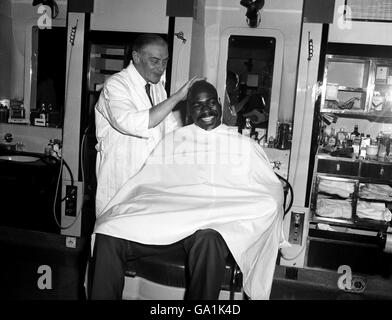

He was repulsed by the prospect of sharing an intimate moment among the souls of 160 men, some of whom he knew. He refused to accept virtually anything the prison offered, and that included visits inside the reincarnated Death House. Inmates seeking a bit of privacy tried to reserve cells farthest away from the guards, and the arrangement, as described by some old-timers, gave rise to Death House babies.īut Rubin Carter didn’t care a bit. The rooms were not exactly cozy hideaways, but they became the unsanctioned venue for conjugal meetings. The metal bars were removed from more than two dozen Death Row cells near the archaic chair, its seven electric switches still in place. Inmates could now touch their spouses, children, or friends. It marked the first time that Trenton State Prison, a maximum-security facility, had allowed contact visits. So prison officials found a new mission for the chamber: it became the Visiting Center.ĭespite its macabre history, the VC was a huge hit with most of the prisoners. The electric chair, having singed the breath from 160 men, was suddenly obsolete. Supreme Court outlawed the death penalty as cruel and unusual punishment. The Death House confronted its own demise in 1972, when the U.S. The body, penitent or obdurate, innocent or guilty, alive or dead, pressed against the restraints until the current was shut off. The observers watched the executioner turn a large wheel right behind the seated man’s ear, thereby activating the lethal current. On occasion, citizen witnesses crowded into a small green room, with only a rope between them and the chair about ten feet away. An outside power line fed the chair to ensure that a deadly jolt did not interfere with the penitentiary’s regular lighting. In later years, sentences were carried out at 10 P.M., after the general population prisoners had been placed in total lockup. Richard Bruno Hauptmann, convicted of murdering Charles Lindbergh’s baby, was electrocuted in the brightly lit chamber at 8:44 P.M. But soon enough the electric chair, with its wooden body, leather straps, and metal-mesh helmet, which discharged three mortal blasts of up to 2,400 volts, was seen as the most felicitous form of execution.Īt least one infamous death gave the site a brief aura of celebrity. New Jersey continued to hang capital offenders for two more years. Six weeks later he was dead, his slumped body shaved and sponged down with salt water, the better to conduct the electricity. The first inmate reached the Death House on October 29, 1907. The Death House was Trenton State Prison’s official name for the brick and concrete vault where condemned men lived in tiny cells and an electric chair stood hard against a nearby wall. Read moreīY 1980, New Jersey’s notorious Death House had been revived as a lovers’ alcove, but Rubin Hurricane Carter still wanted no part of it. Failed by the justice process, Rubin Carter proved himself a fighter all over again outside of the boxing ring, and a genuine hero in the process.

It is the story of a troublesome but gifted man, a paratrooper, a boxer, from the poorer side of the tracks, who was crudely and cruelly convicted of a crime he did not commit. Hurricane is a biography of modern America’s great flaw: race relations.

Then, one man doggedly self-educated in the law finally achieved what years of high-profile lobbying had not: he freed Rubin Carter and righted one of the most significant cases of American injustice this century. Liberal America adopted the campaign to release him in the 1970s – Candice Bergen, Mohammad Ali and Bob Dylan all protested for his release – but he remained in jail until 1985. It was 1966, when America was gripped by racial rioting and burgeoning Black Power movements. Rubin Carter was a boxer on the threshold of the Middleweight Championship, with all the celebrity and wealth that would have conferred, when he was picked off the streets of Paterson, New Jersey by the police and accused of first degree murder in a bar room shooting. The Hurricane is an authentic C20th hero, every inch a fighter. This is the story of a raging bull who learned to accommodate that rage. Nineteen long years in prison, a massively high profile campaign to release him that failed, and the persistence of an unlikely supporter finally saw him free. A pistol shot in a bar room ruined his chances of becoming the middleweight champion of the world.


 0 kommentar(er)
0 kommentar(er)
